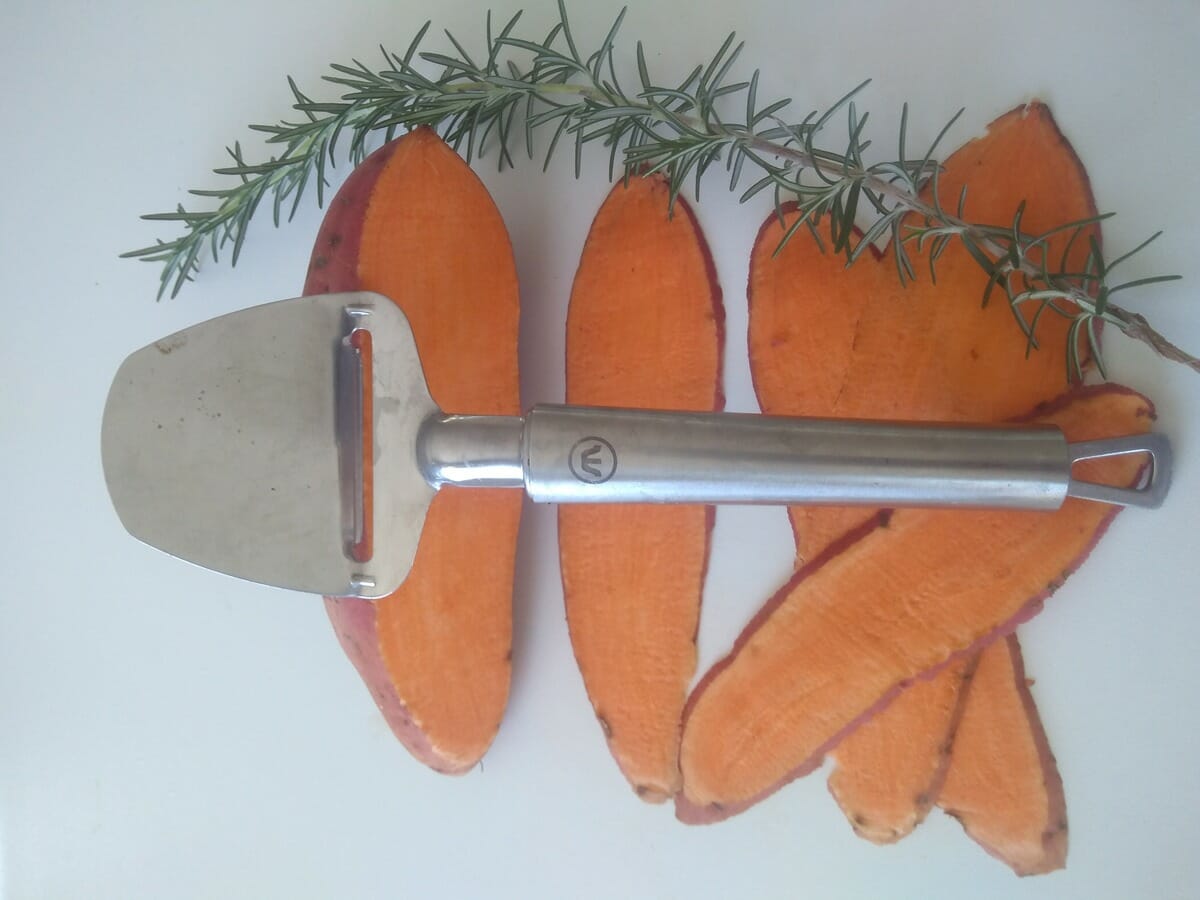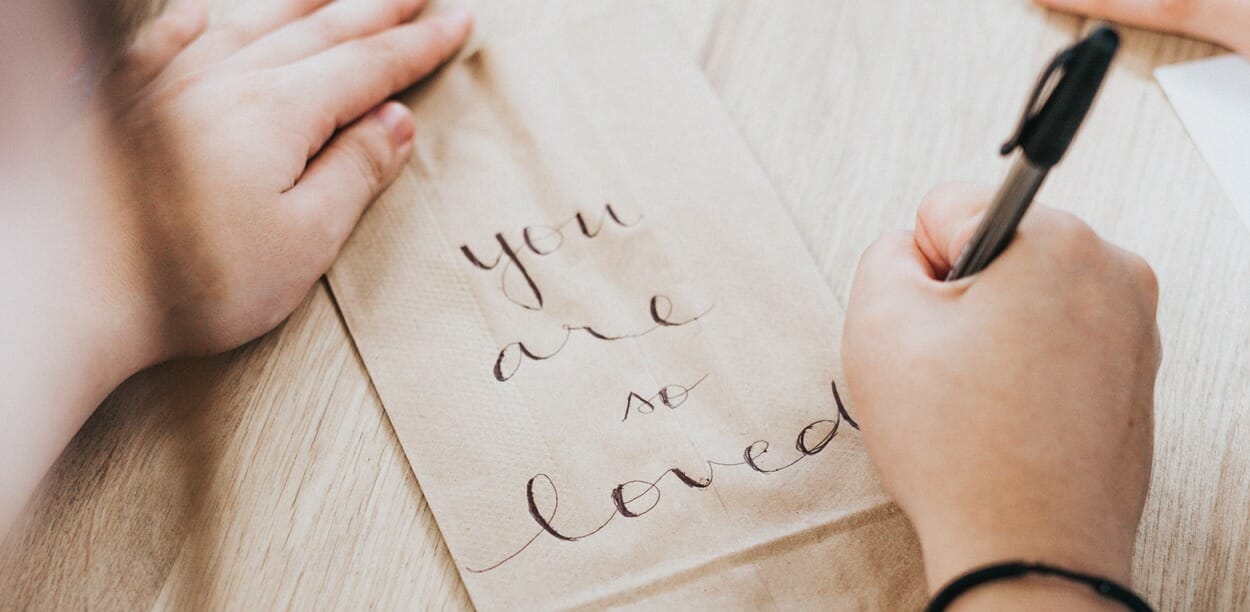Eating Plastic
You wouldn’t feed your kids plastic, would you? Of course not. Nor would we feed it to our pets, but whether intentional or not we are feeding plastic to the creatures of the sea.
Think of it this way: if a smarter, more powerful kid at school slipped plastic into your child’s sandwich and then sat back and let them eat it, we’d call that bullying. So why is it okay that we do this to defenceless marine creatures?
The good news is that we can start to fix it, one lunchbox at a time. The chain of garbage disposal may be out of our control, but what goes into it is not.
There are so many convenient ways not to use plastic in the school lunch box. Nature wraps fruit organically, so don’t peel the produce. If your baby can’t bite (braces, wobbly teeth, mess) put the fruit into a custom-made container, which are available at most supermarkets

Katrina Tregoning, Coastbeat local and manager of Kmart Coffs Central, suggested putting their extra-large ice-cube trays inside a lunchbox to hold individual fruit pieces, as shown above.
Or wrap food up in a beeswax wrap: reusable and washable. You can buy these online from numerous companies or make your own. Just search for ‘beeswax wrap’.
You can go vintage on this problem too, by wrapping the sandwiches, cake and other nummies in greaseproof or baking paper, available at most supermarkets. Then slip them into a good ol’ brown paper bag. Excellent for inspirational message-writing or just a traditional ‘I love you’. The sea creatures will love you too, and the worms, because it’s all compostable.
Paper is a great alternative for wrapping cheese because it will not make the cheese sweaty.
Avoid pre-packaged food. Apart from the plastic wrapper problem, most pre-packaged food has a high sugar content that won’t help the ecosystem of your little darling’s body, so leave it out.

Help the kids to make their own veggie chips as an after-school project. A cheese slicer is a fantastic tool for safely cutting extra-fine slices of vegetable.
Method:
- Heat the oven to 200˚
- Finely slice the vegetables you are using: potato, sweet potato, beetroot, carrot (the higher the water content, the faster they will cook).
- Melt some virgin coconut oil in the microwave or oven until it becomes warm liquid. For safety, do not overheat!
- Toss the vegetable chips in the warm oil until they are covered.
- Sprinkle with salt. For a flavour treat, finely chop rosemary and sprinkle it with the salt.
- Place well spaced out on a large baking tray, or on a baking rack if available and place in the top shelf of the hot oven.
- Bake until crisp. They will cook fast, so keep an eye on them.
- Cool on a rack ready for the lunchbox tomorrow.
Delicious, nutritious and plastic free!
For more great ideas about living plastic-free, go to our articles in Coastbeat Winter, available online by subscribing at coastbeat.com.au. You’ll meet Plastic Warrior, Louise Hardman, who has started a great initiative to make recycled plastic fantastic.


